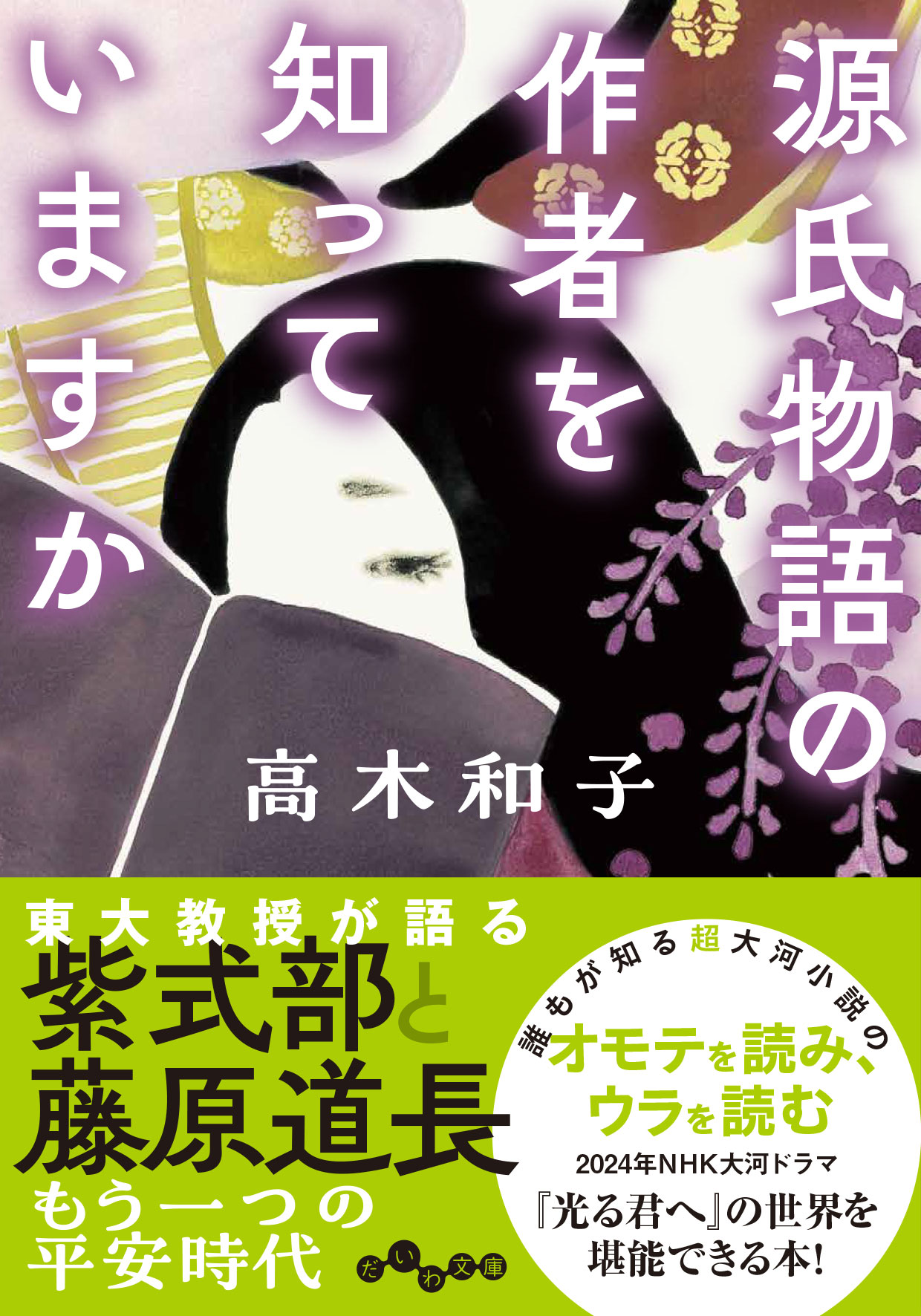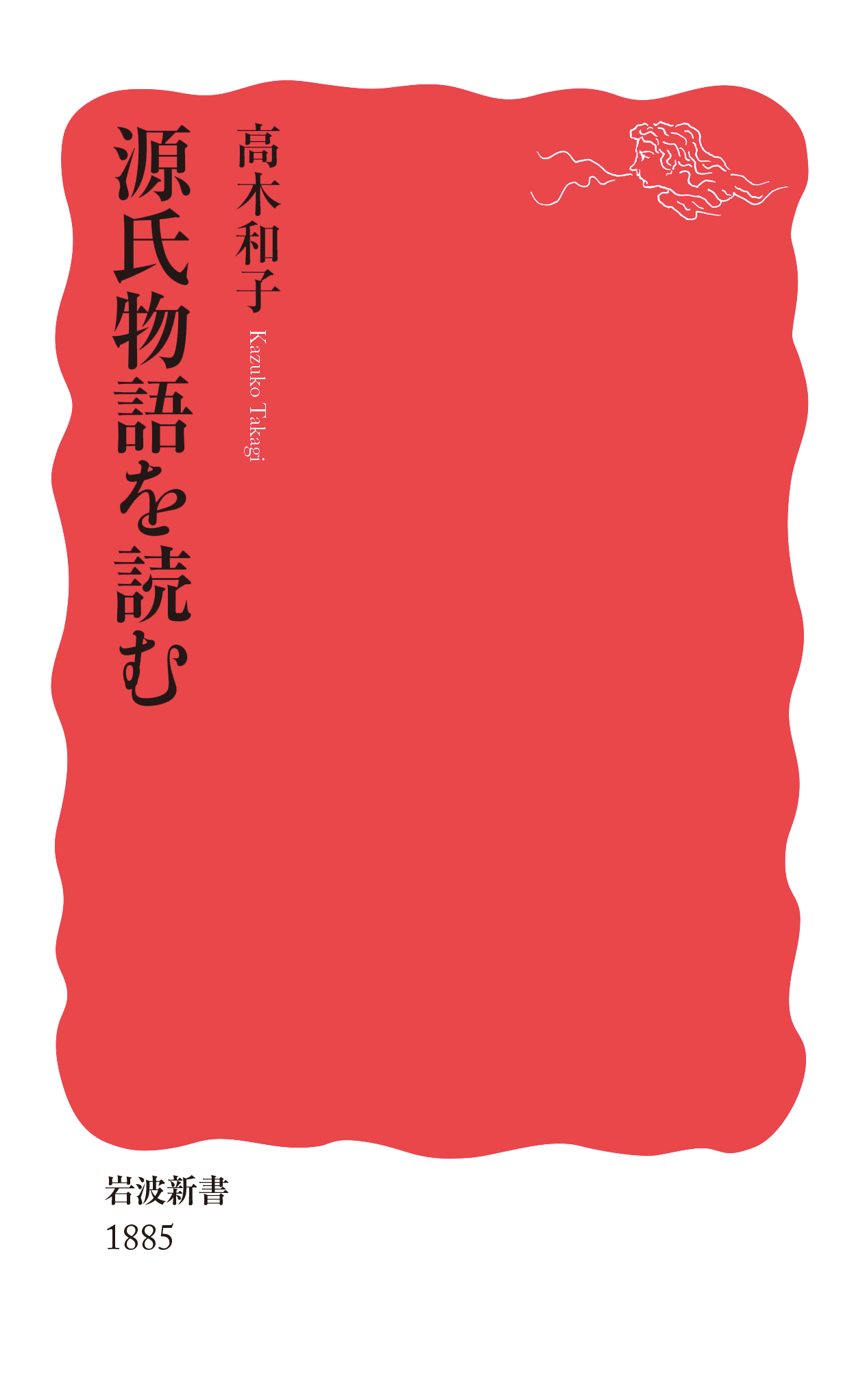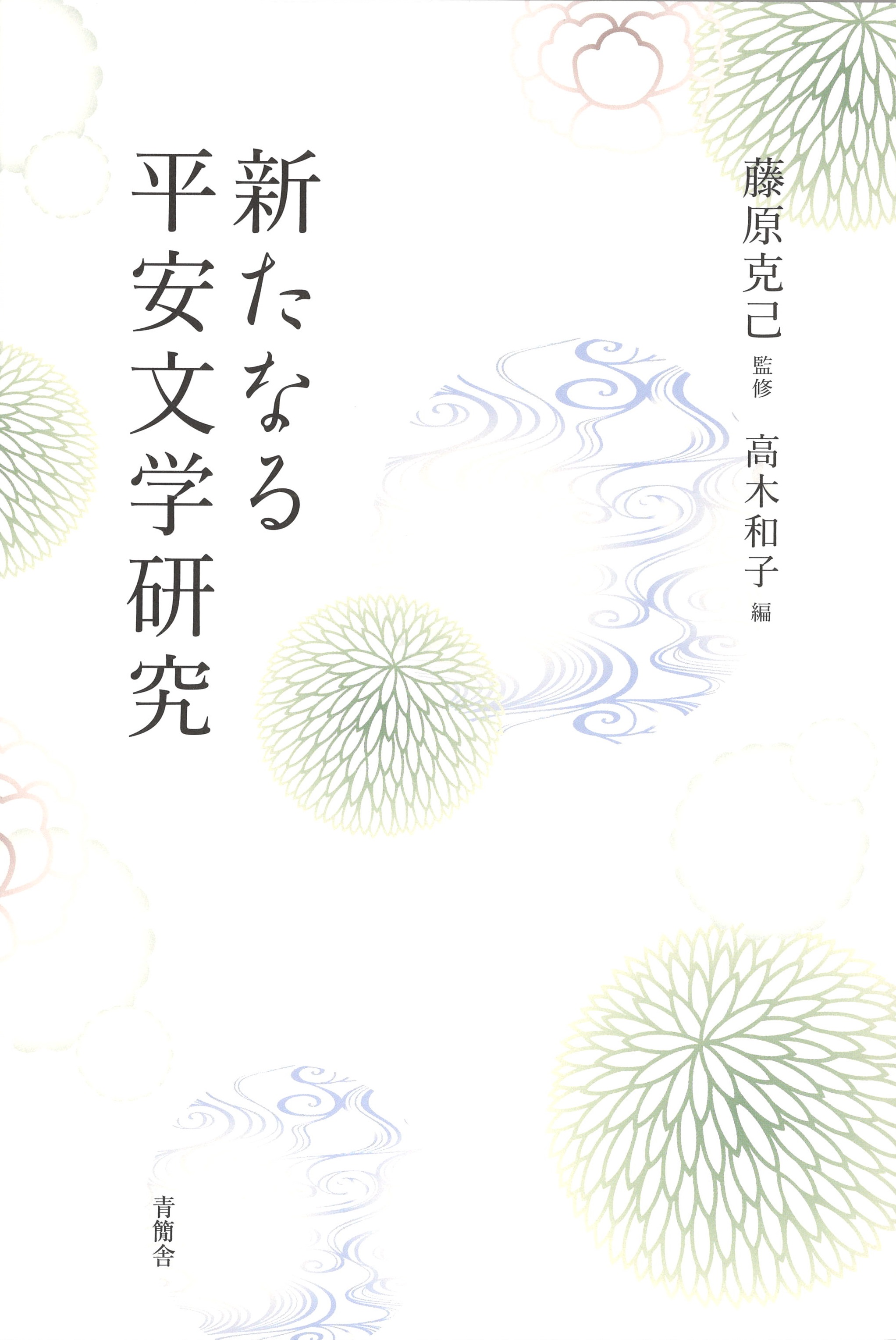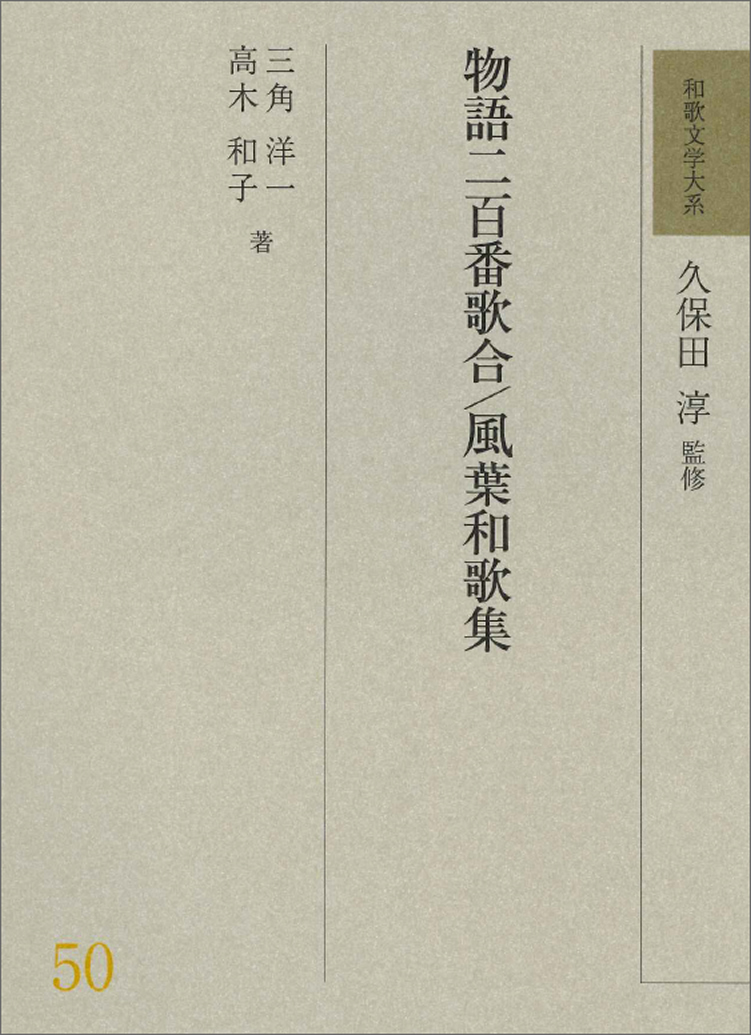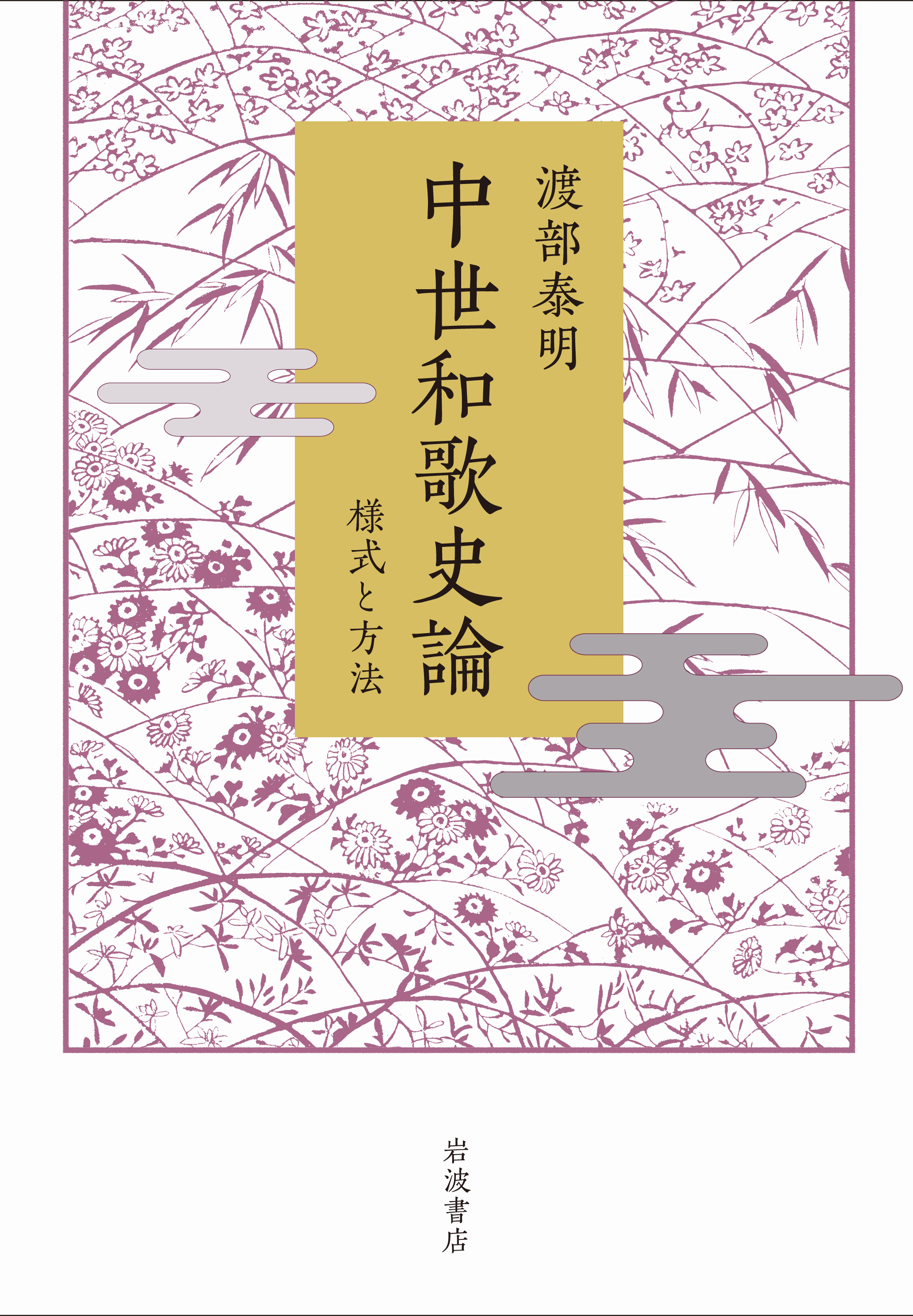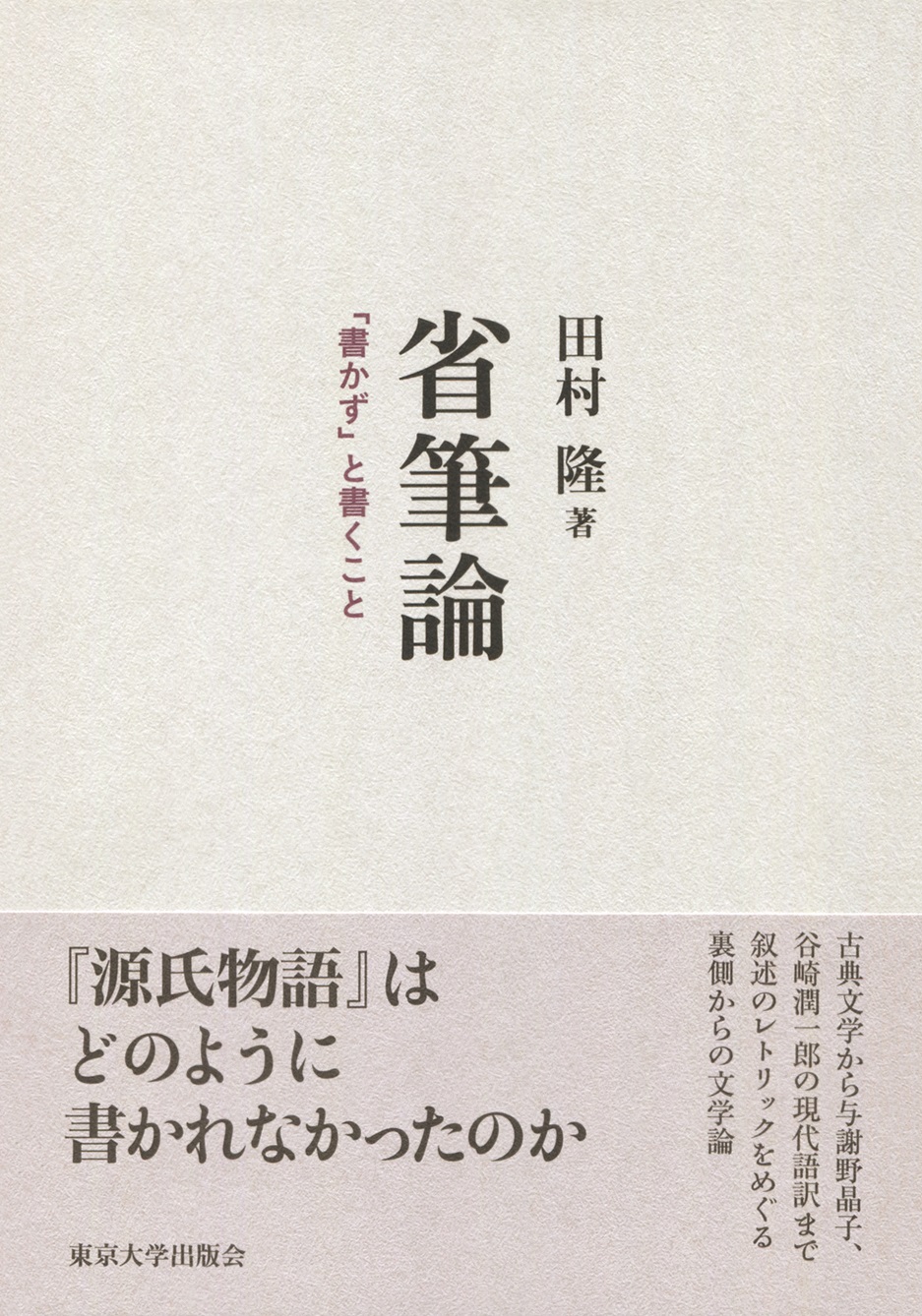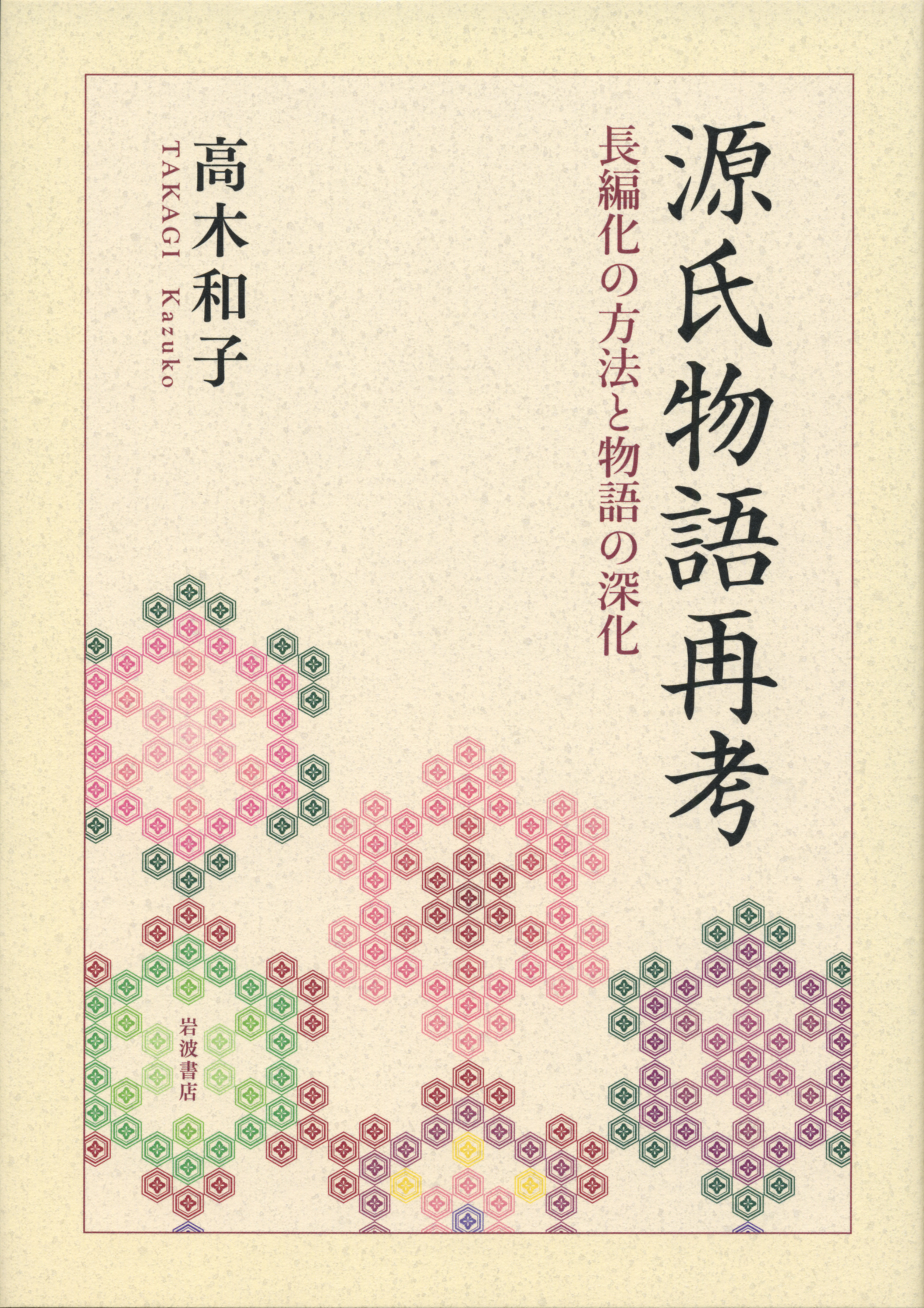
Title
Genji monogatari Saikō (Revisiting The Tale of Genji - Narrative Expansion and Deepening of the Story)
Size
448 pages, A5 format, hardcover
Language
Japanese
Released
July 25, 2017
ISBN
9784000612067
Published by
Iwanami Shoten
Book Info
See Book Availability at Library
Japanese Page
How did The Tale of Genji evolve into the lengthy story that we know? While revealing the underlying framework of Hikaru Genji’s biography, the first few chapters of The Tale of Genji also contain shorter, almost independent episodes. Although the general framework of the plot may have been laid out to a certain extent in the early stages of writing, it is difficult to believe that every detail was planned out. In this sense, it is hard to completely dismiss the idea that the tale was built on smaller stories that developed, little by little, into its broader structure.
Looking at the internal consistency of the story as well as its inconsistencies, this book attempts to unravel the process by which The Tale of Genji evolved into a full-length novel. I support the hypothesis that the broad tale was gradually designed by incorporating previously written stories and following their logical development, and that the concrete realization of this plan was achieved by filling the gaps between those stories as consistently as possible. I believe the small, yet numerous discrepancies that subsisted—for instance, in chronology or the way certain characters are referred to—reflect this narrative expansion. With this broad issue in mind, but also referring to previous scholarship in matters as varied as the tale’s genesis, composition, structure, representation of characters, issues in language and poetics, poetry, relationship to history, and place in literary tradition, this book aims to shed light on the creative process behind The Tale of Genji and to reconstruct it for readers.
The first part, “The Methods of Narrative Expansion,” shows how the first chapters of The Tale of Genji began as an accumulation of self-contained shorter stories. Later, The Tale of Genji subsumed this early tendency and paved the way for the tale’s long-ranging development. I analyze the plot’s internal structure and its inconsistencies to show how this was done. The second part, “Maturing Characters and Deepening Story,” focuses on the theme of the secret and its recurrence across the tale in relation with Hikaru Genji’s numerous illicit affairs. I claim that Hikaru Genji’s deepest secret––that the Emperor Reizei is his illegitimate son, born of his affair with Lady Fujitsubo––forms an axis around which the story dynamically structures, repeats, and develops itself. This discussion is also an occasion for me to present my own understanding of classical subjects in Genji studies, such as “resemblance” (yukari), which links some characters to each other, and numerous “prophecies” (yogen).
The third part, “Poetics and the Function of Poems in the Tale,” focuses on the poems exchanged by characters. While examining the meaning behind characters’ choices of wording, I also analyze the narrative structures presiding over the arrangement of the poems within the novel. In the fourth part, “Language and Thought in The Tale of Genji,” I select important terms in the tale, such as “grace” (miyabi), “unweariness” (akazu), and “self” (mi), and analyze the related perceptions and thought patterns common to the people of the Heian period, which form the background of the tale. In addition, I show how those terms act as a driving force in the development of the story. Part five, “Narrative Construction and its Methods,” synthesizes the different methods of narrative analysis that are traditionally used in Genji studies, with respect to the way characters and scenes are crafted, the function of quotation, and the relationship between reality and fiction. This part also addresses the literary corpus at the periphery of Genji and, notably, the problem of fiction in literary memoirs written using kana.
(Written by TAKAGI Kazuko, Professor, Graduate School of Humanities and Sociology / 2018)



 Find a book
Find a book


 eBook
eBook